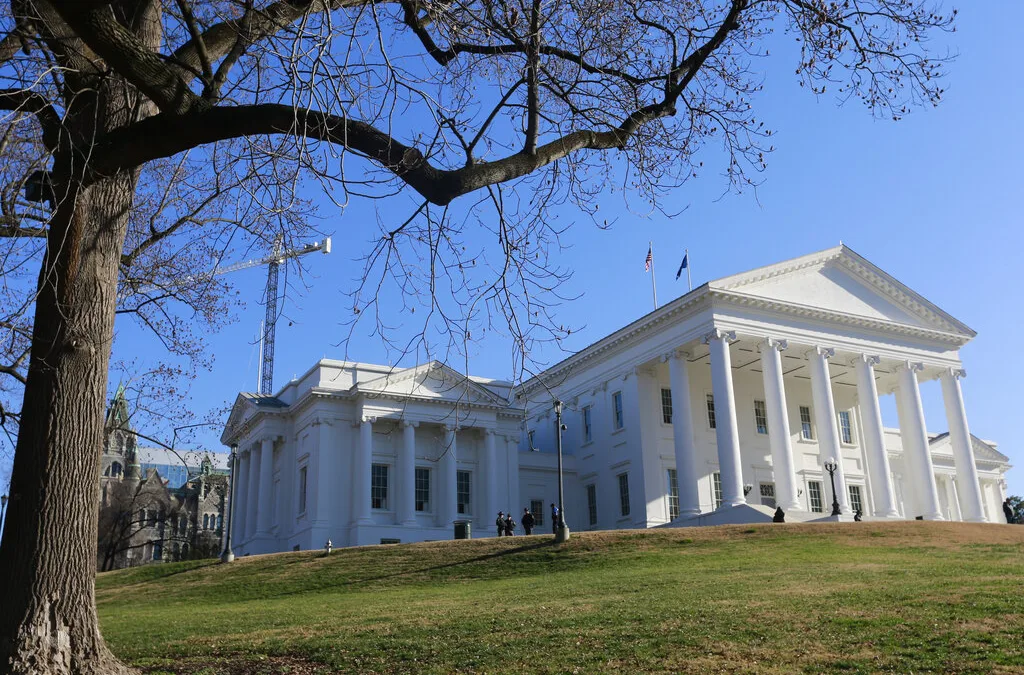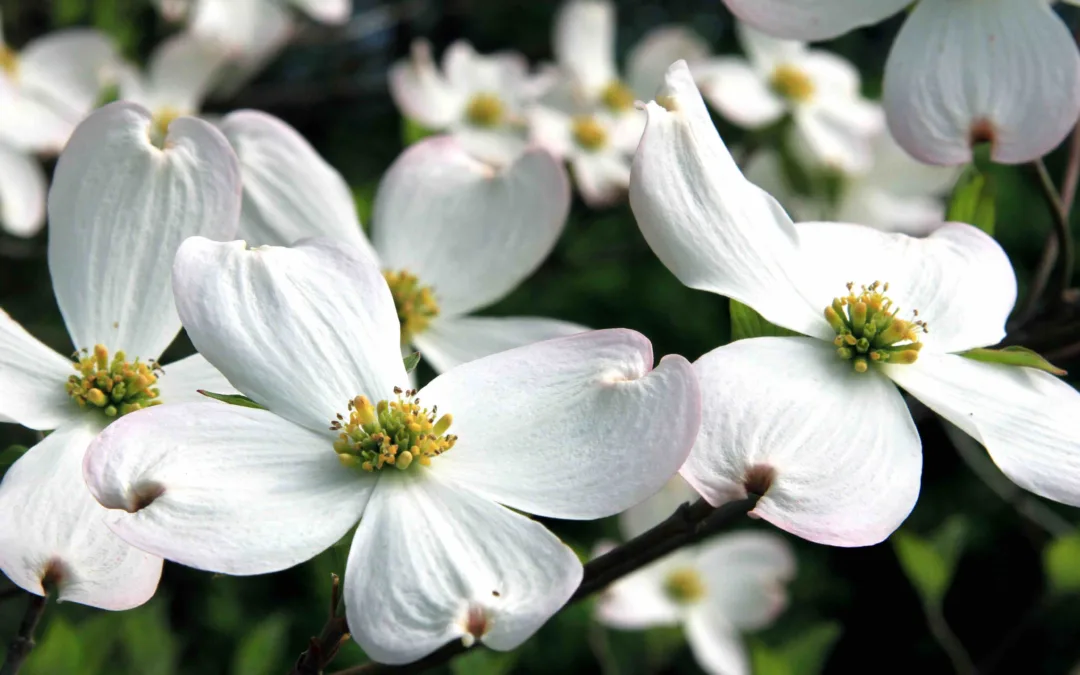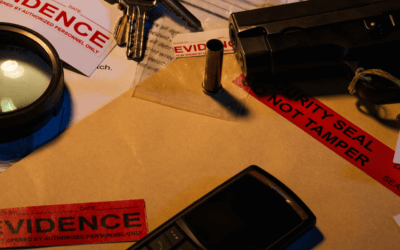
Photo by Swanky Fella on Unsplash
Do you live near one of the 15 Virginia sites impacted by PFAS contaminants?
If cool, clear water is important to you, then, depending on where you live in Virginia, you might want to rethink your sources.
The Environmental Working Group (EWG) hosts an interactive map on its website, showing per- and polyfluoroalkyl substances (PFAS) contamination throughout the country.
While the name sounds rather scientific, you’re probably familiar with the “forever chemicals” that don’t break down in the environment. The Centers for Disease Control and Prevention (CDC) defines PFAS as “a group of chemicals used to make fluoropolymer coatings and products that resist heat, oil, stains, grease, and water.” That means the nonstick cookware you’re using could contain PFAS, as could clothing designed to repel water (like rain jackets), stain resistant fabrics, or products that resist grease and oil.
While the use of PFAS may seem alarming, it doesn’t mean that you need to toss all of your no-stick kitchen items. Experts estimate that a good set of cookware might last anywhere from five to 10 years. But if you start to notice visible scratch marks or chipping—which could indicate that bits are flaking off in your food—it’s time to look for a replacement.
It’s not too hard to replace a pan. It is difficult, however, to replace a water source—and some Virginians are grappling with the contaminant coming right through their faucets.
PFAS Contamination in Virginia
Unfortunately, the problem is far from uncommon. A study released last month by the US Geological Survey (USGS) found that at least 45% of the country’s tap water contains PFAS.
The EWG’s PFAS contamination map reveals 15 instances in Virginia that exceed the advised maximum concentration level. The majority of the impacted places are military sites, with nine near the shore and one in Richmond. There are other sites with drinking water above the proposed limit in Prince William County, as well as one in Abingdon. Additionally, there’s one instance marked as “other known sites” in Richmond.
If there are PFAS in your water, what does that mean for you? Taking a shower or washing your dishes is unlikely to significantly increase your health risks. Drinking it, on the other hand, is still somewhat of a mystery.
“There is not yet enough research to suggest safe exposure levels for each PFAS,” a portion of an article on PFAS found on the American Association for the Advancement of Science (AAAS) read. “Trace doses of several of the most-researched compounds have been linked to harmful health effects and an increasing number of communities across the country are detecting these chemicals and working to address contamination.”
Some of the health issues linked to PFAS include:
- Cancers
- Increased cholesterol levels
- Decreased antibody responses to vaccines
- Liver damage
- Increased risk of thyroid disease
- And preeclampsia during pregnancy.
“But very little is known about a majority of PFAS, including how long they linger in our bodies (referred to as half-life), their toxicity and how different PFAS may interact in our bodies,” according to the AAAS.
What’s Being Done About PFAS and What Can You Do?
The Environmental Protection Agency (EPA) is taking action against contamination with the PFAS Strategic Roadmap. The plan lays out a strategy to safeguard public health, protect the environment, and hold polluters accountable through research, restriction, and remediation.
In the meantime, there are steps individuals can take to reduce the risk of PFAS contamination in their drinking water.
The EPA suggests to:
- Contact your state environmental protection agency or health department and your local water utility to find out what actions they recommend
- Consider installing in-home water treatment options, like filters, that are certified to lower the levels of PFAS in your water.
To see if there’s a possible contamination risk near you, simply input your address into the EWG’s interactive map.
Support Our Cause
Thank you for taking the time to read our work. Before you go, we hope you'll consider supporting our values-driven journalism, which has always strived to make clear what's really at stake for Virginians and our future.
Since day one, our goal here at Dogwood has always been to empower people across the commonwealth with fact-based news and information. We believe that when people are armed with knowledge about what's happening in their local, state, and federal governments—including who is working on their behalf and who is actively trying to block efforts aimed at improving the daily lives of Virginia families—they will be inspired to become civically engaged.


Here’s everything you need to know about this month’s Mercury retrograde
Does everything in your life feel a little more chaotic than usual? Or do you feel like misunderstandings are cropping up more frequently than they...

VIDEO: Check out Dogwood’s new merch line
Big news, Virginia! We've officially launched our Dogwood merch line 🎉 This year, we celebrate 5 years of bringing you Virginia news you can use....

VIDEO: Your support matters!
Your support matters! Donate today. @vadogwoodnews Your support matters! Visit our link in bio to donate today. #virginianews #virginia #community...

Op-Ed: Virginia’s new Democratic majorities pass key bills to improve your lives, but will Youngkin sign them?
The 2024 Virginia General Assembly regular session has wrapped up. It was a peculiar session from the outset, with Democratic majorities in the...

From the state rock to the state flower, here’s how Virginia got its symbols
Have you ever wondered why the Dogwood is the state flower? Or how the cardinal became the state bird? We’re here to answer those questions and more...

VIDEO: Second-gentleman Douglas Emhoff gives speech on reproductive freedom
Second gentleman, Douglas Emhoff touched on reproductive freedom not only being a woman's issue but "an everyone's issue" during the Biden-Harris...






